Top 5 Tips for Sandblasting Operations
Sandblasting is a powerful technique used across various industries for cleaning, smoothing, or roughening surfaces. However, with its effectiveness comes inherent risks. Ensuring safety during sandblasting operations is paramount to protect workers and maintain productivity. Here are five essential tips to prioritize safety in sandblasting activities.
1- Prioritize Personal Protective Equipment (PPE):
Personal protective equipment is the frontline defense against hazards in sandblasting. Here's what workers should wear:
- Respiratory Protection: NIOSH-approved respirators, such as N95 masks, to prevent inhalation of abrasive particles.
- Protective Clothing: Heavy-duty clothing like denim or leather, along with coveralls, gloves, and aprons, to shield against abrasive impact.
- Eye and Face Protection: Safety goggles or a face shield to prevent eye injuries from flying debris.
2- Ensure Adequate Ventilation:
Effective ventilation is crucial to control dust and maintain air quality in the workspace. Without proper ventilation, workers are at risk of respiratory issues and reduced visibility. Employ local exhaust ventilation systems and ensure sufficient airflow to minimize exposure to airborne contaminants.
3- Invest in Comprehensive Training:
Proper training is key to operating sandblasting equipment safely. Training should cover:
- Equipment Operation: Understand how to operate equipment safely, including adjusting pressure settings, nozzle angles, and distance from the surface.
- Emergency Procedures: Familiarize workers with shutdown protocols, evacuation routes, and first aid techniques.
- Hazard Identification: Teach workers to recognize potential hazards and mitigate risks effectively.
4- Conduct Regular Equipment Maintenance:
Well-maintained equipment is essential for safe and efficient sandblasting operations. Conduct regular inspections and maintenance tasks, including:
- Checking Hoses and Connections: Ensure hoses are free of leaks and connections are secure to prevent air or abrasive material leakage.
- Inspecting Nozzles and Abrasive Media: Examine nozzles for wear and replace them as needed. Monitor abrasive media for contamination or degradation.
- Servicing Air Compressors: Regularly service air compressors to ensure proper function and adequate pressure.
5- Establish Restricted Access Zones:
Create restricted access zones around sandblasting work areas to minimize the risk of injury to bystanders and unauthorized personnel. Clearly mark boundaries with signage or barriers and allow only trained and authorized personnel within the designated area. This prevents accidents caused by inadvertent exposure to hazards associated with sandblasting operations.
Conclusion:
By implementing these five essential safety tips, you can mitigate risks and create a safer working environment for sandblasting operations. Prioritizing personal protective equipment, ventilation, training, equipment maintenance, and access control not only protects workers from harm but also enhances overall productivity and efficiency. Safety should always be the top priority in sandblasting activities to ensure the well-being of workers and the success of the operation.
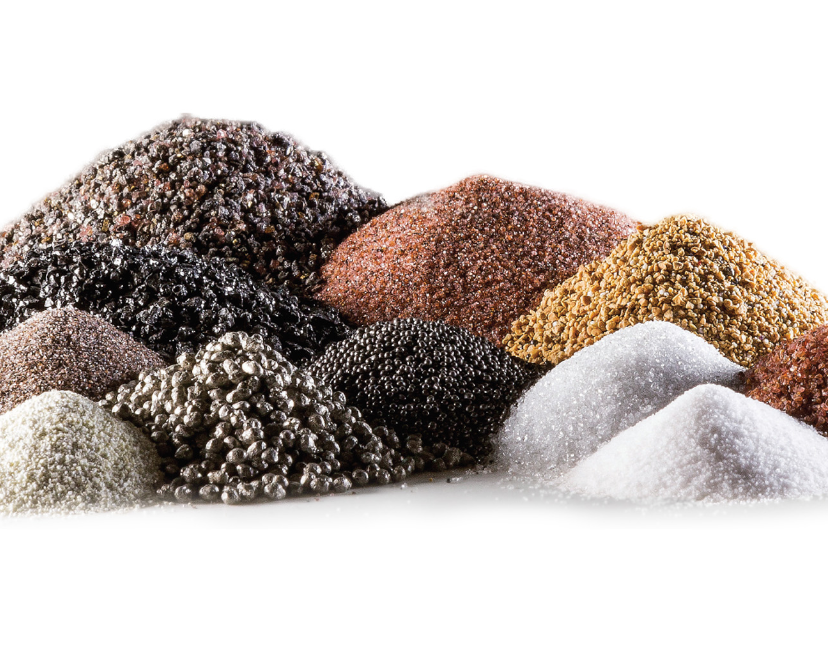 Sandblasting Abrasives
Sandblasting Abrasives
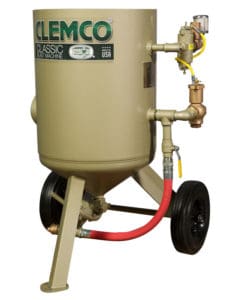 Blast Pot Machines
Blast Pot Machines
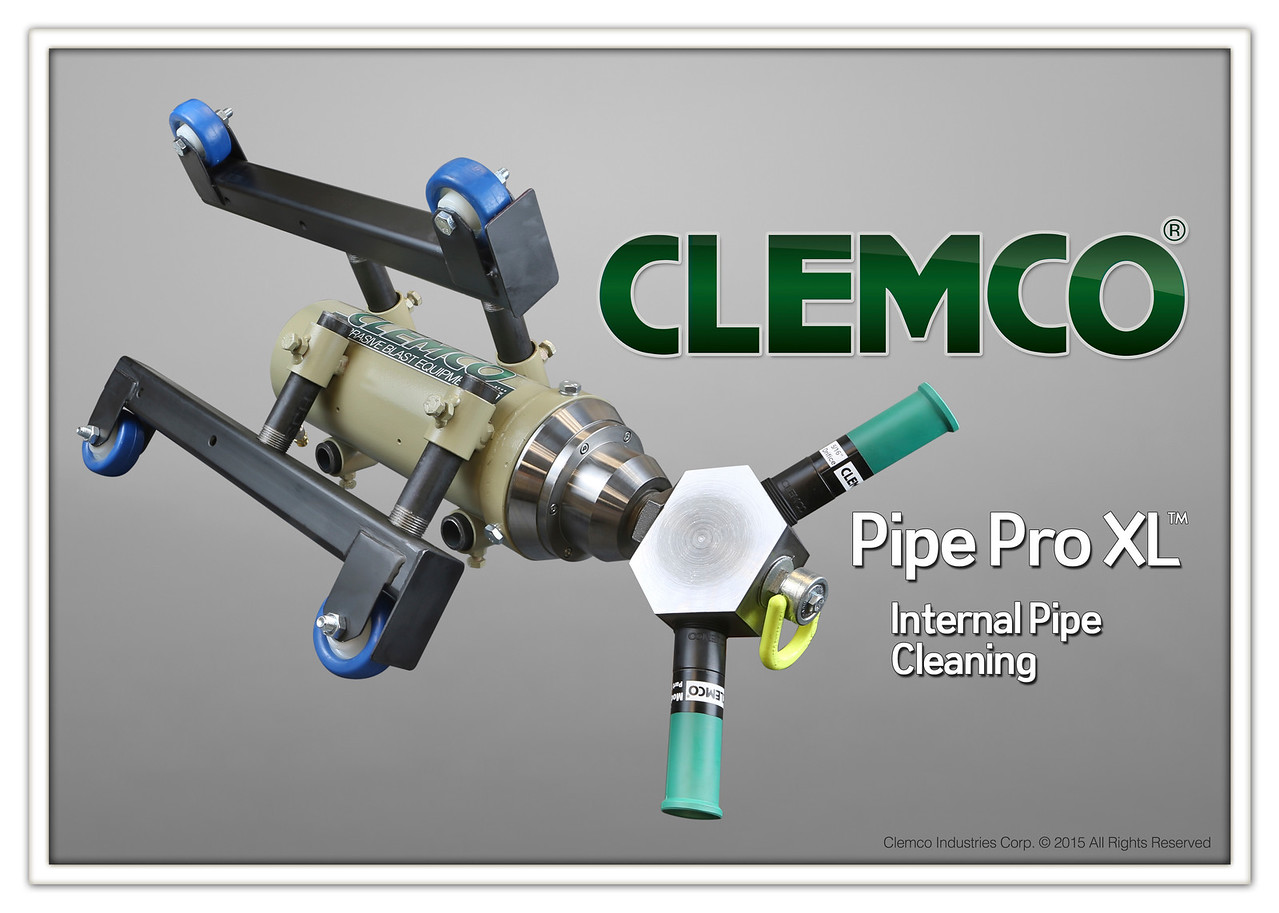 Alternative Blasting Machines
Alternative Blasting Machines
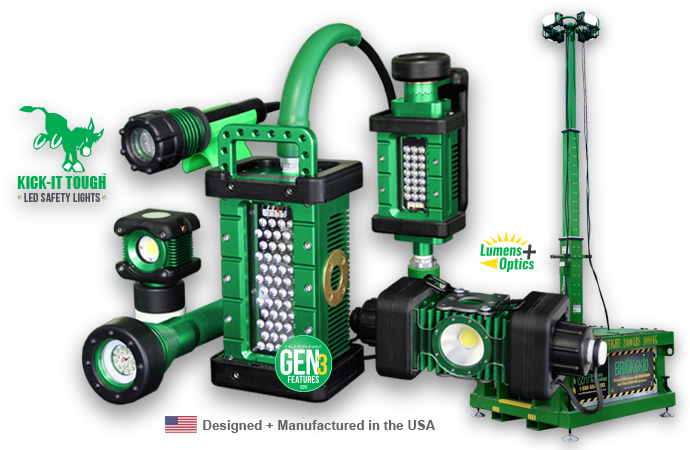 Blast Lighting
Blast Lighting
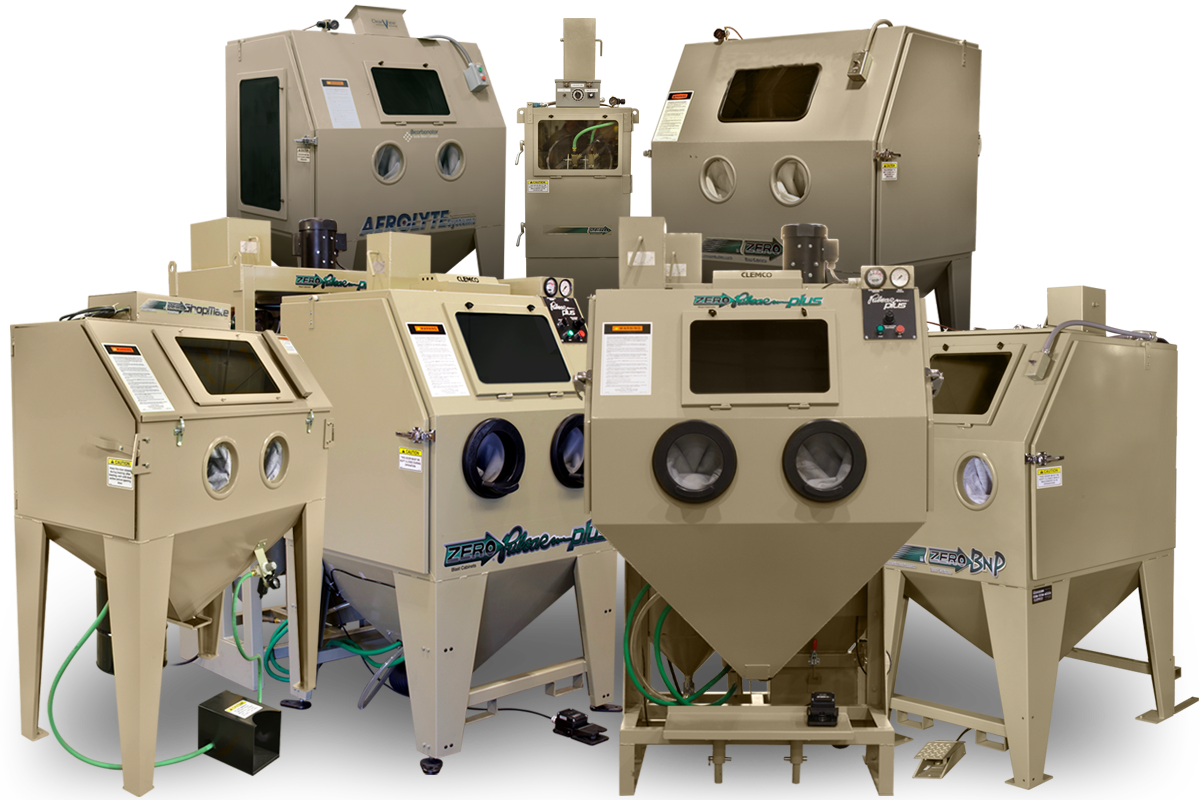 Blast Cabinets
Blast Cabinets
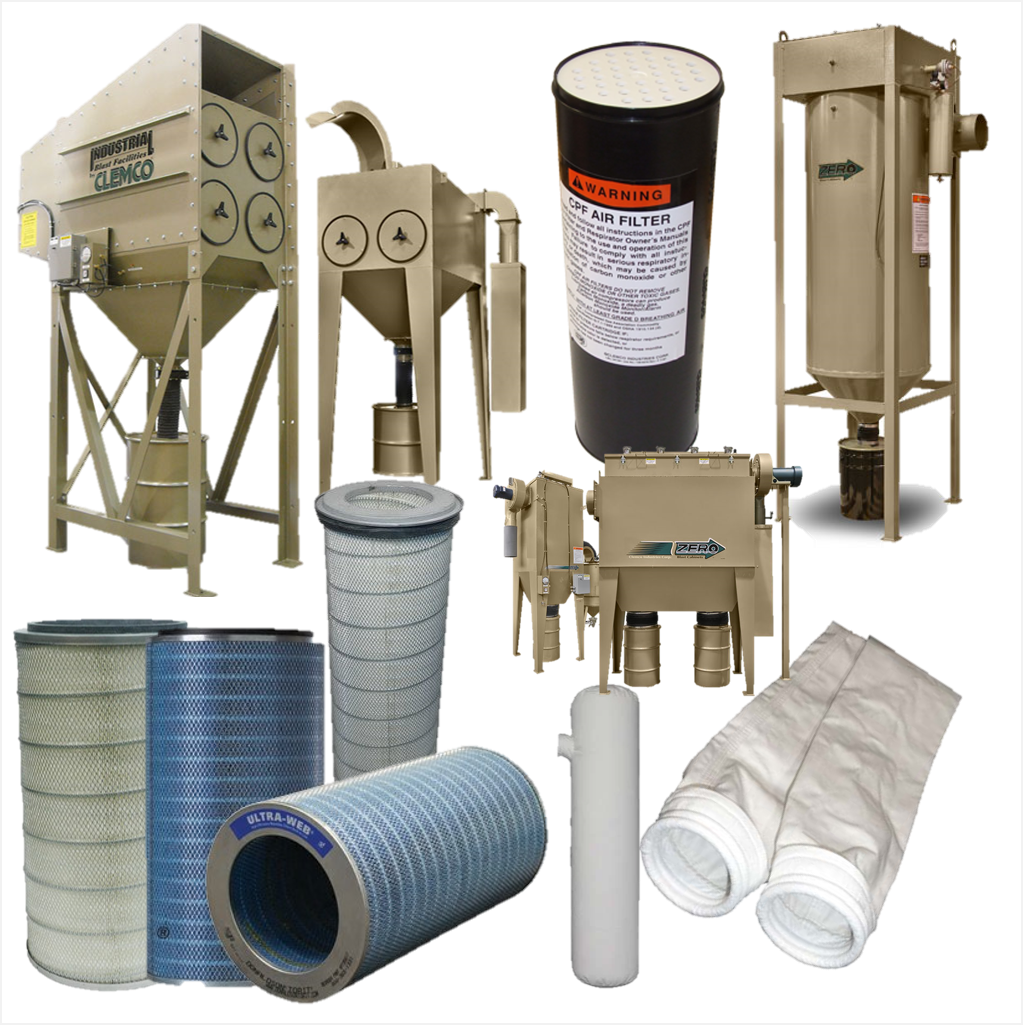 Dust Collectors
Dust Collectors
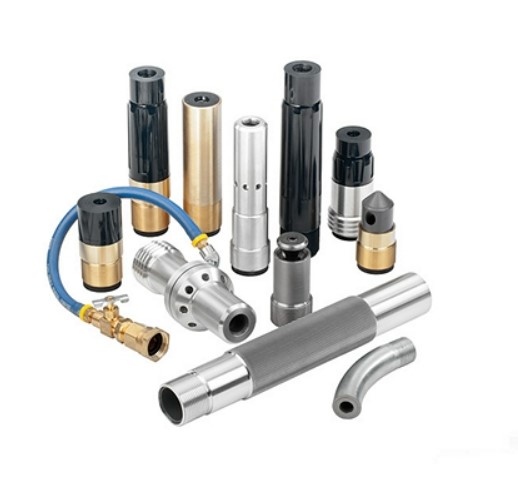 Blast Nozzles and Holders
Blast Nozzles and Holders
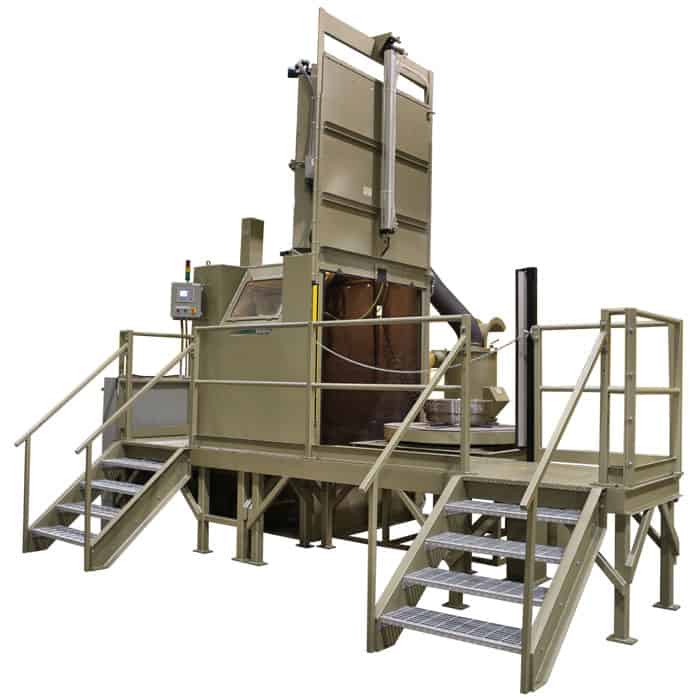 Automation
Automation
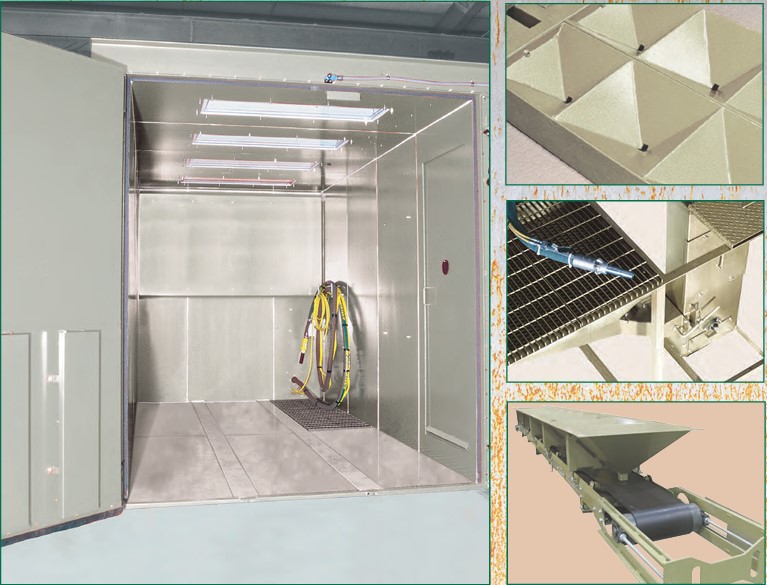 Industrial Blast Facilities
Industrial Blast Facilities
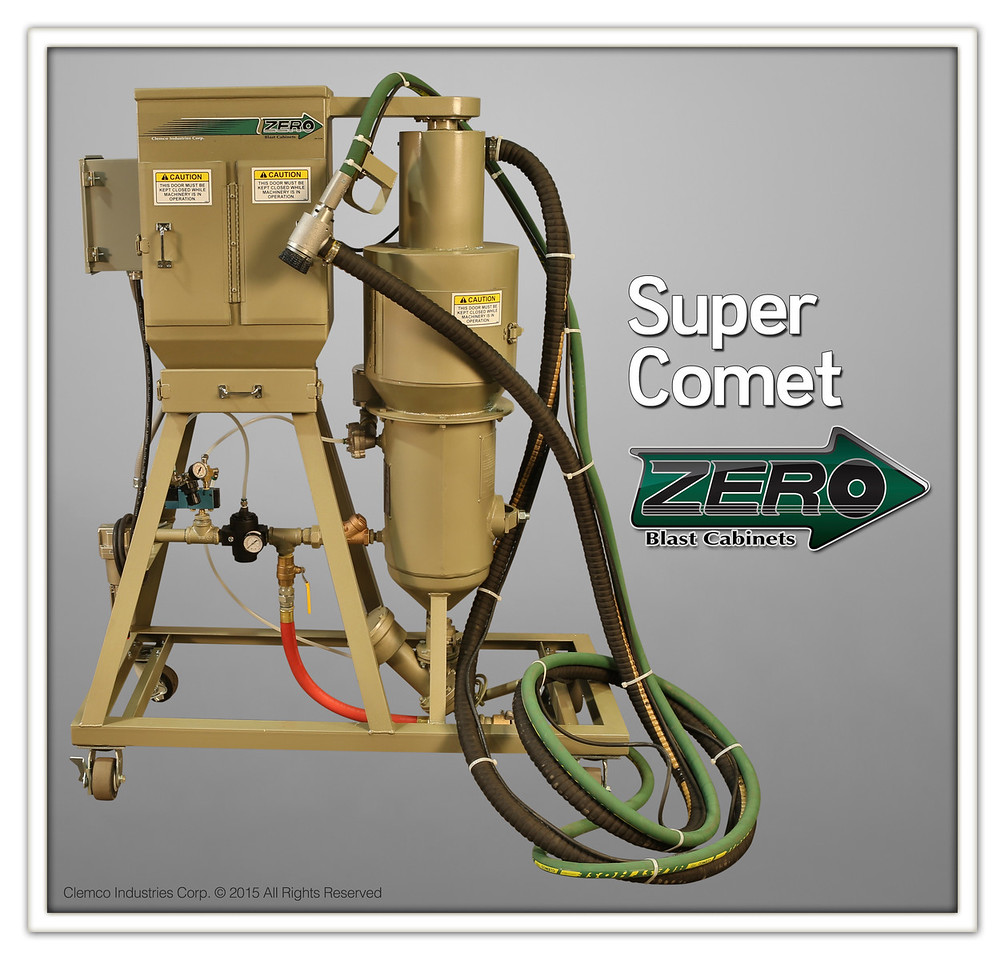 Specialty Equipment
Specialty Equipment
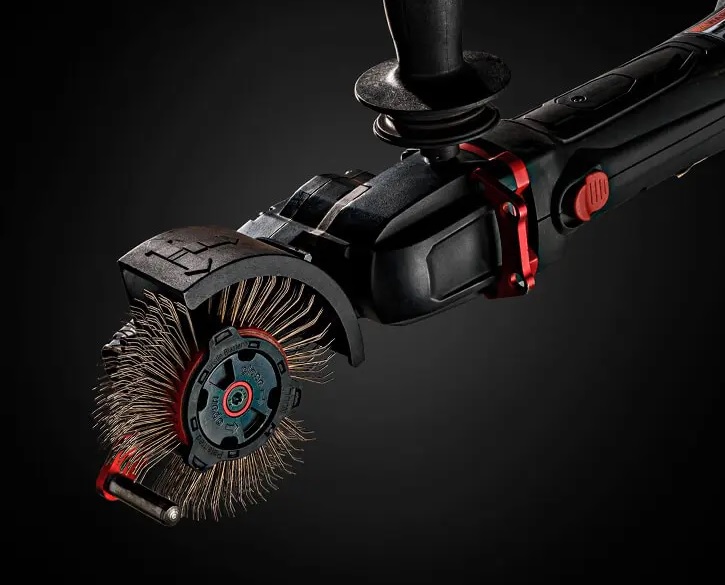 MontiPower Surface Equipment & Parts
MontiPower Surface Equipment & Parts
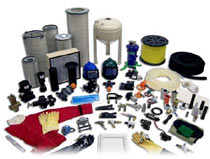 Replacement Parts & Supplies
Replacement Parts & Supplies
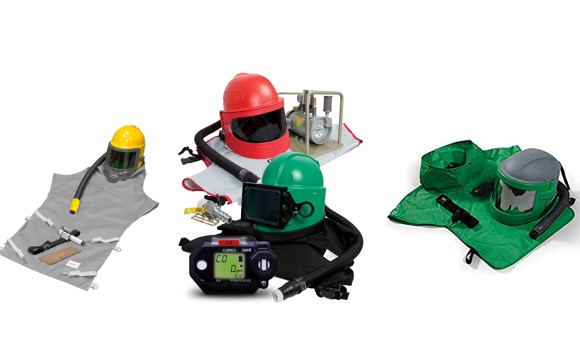 Blast Helmets & Accessories
Blast Helmets & Accessories
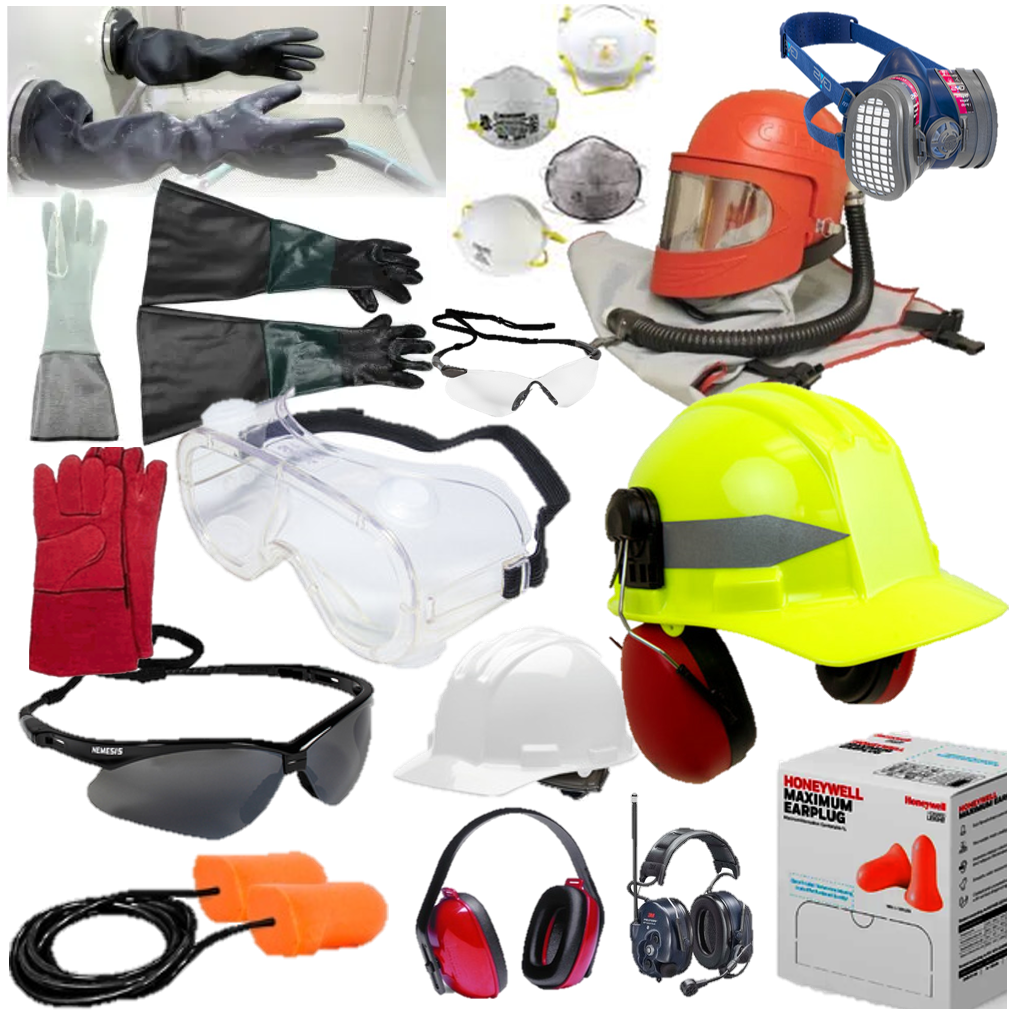 Safety Accessories
Safety Accessories
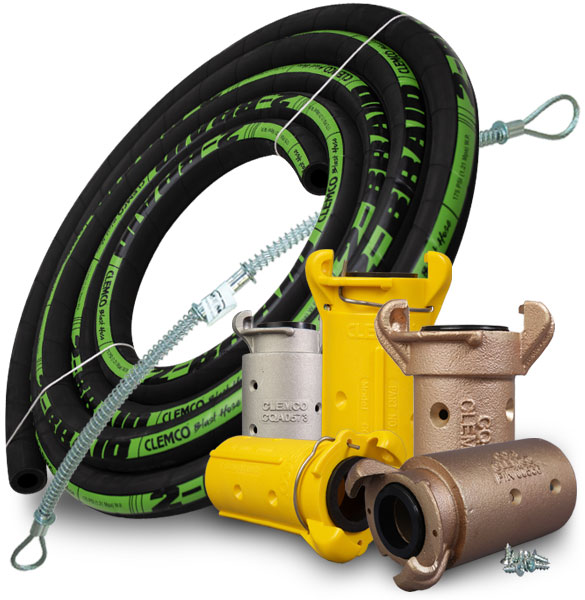 Hoses and Couplings
Hoses and Couplings
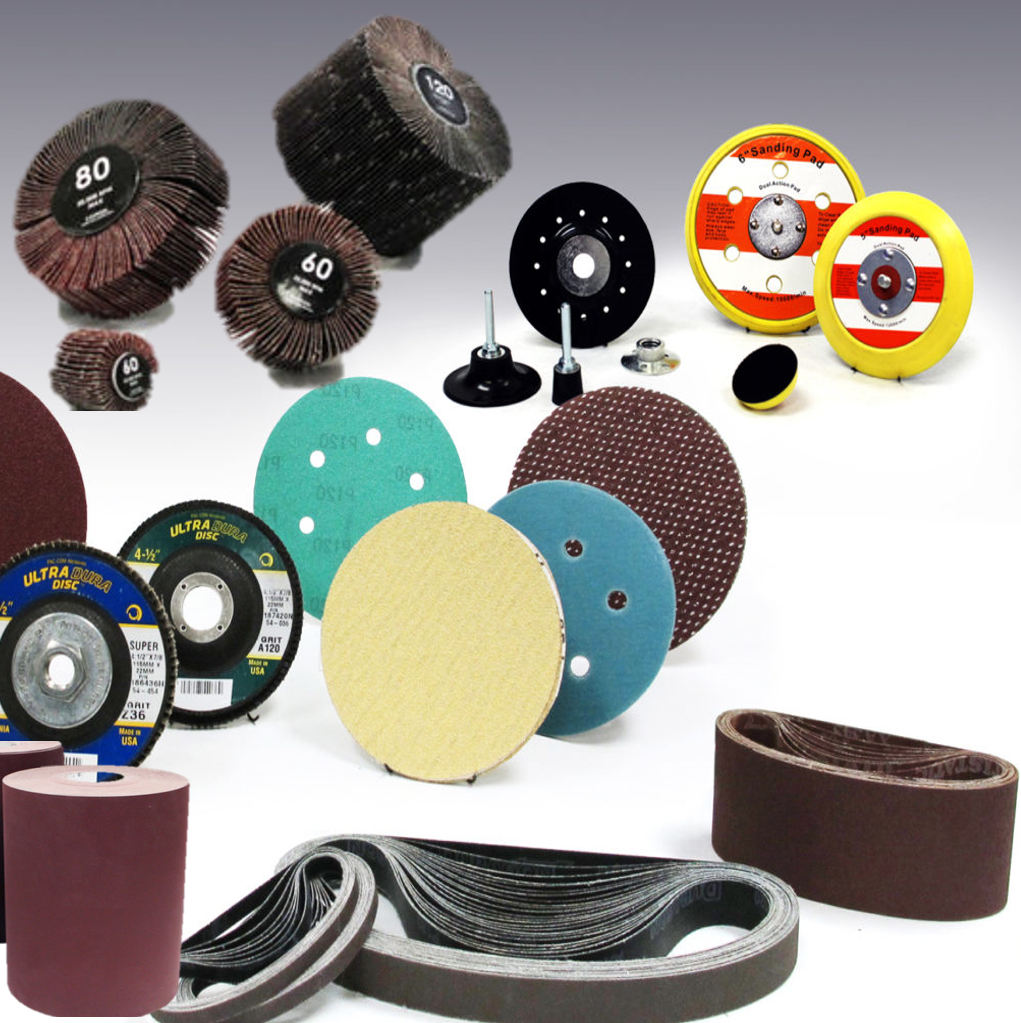 Abrasives Sanding Belts and Disc
Abrasives Sanding Belts and Disc
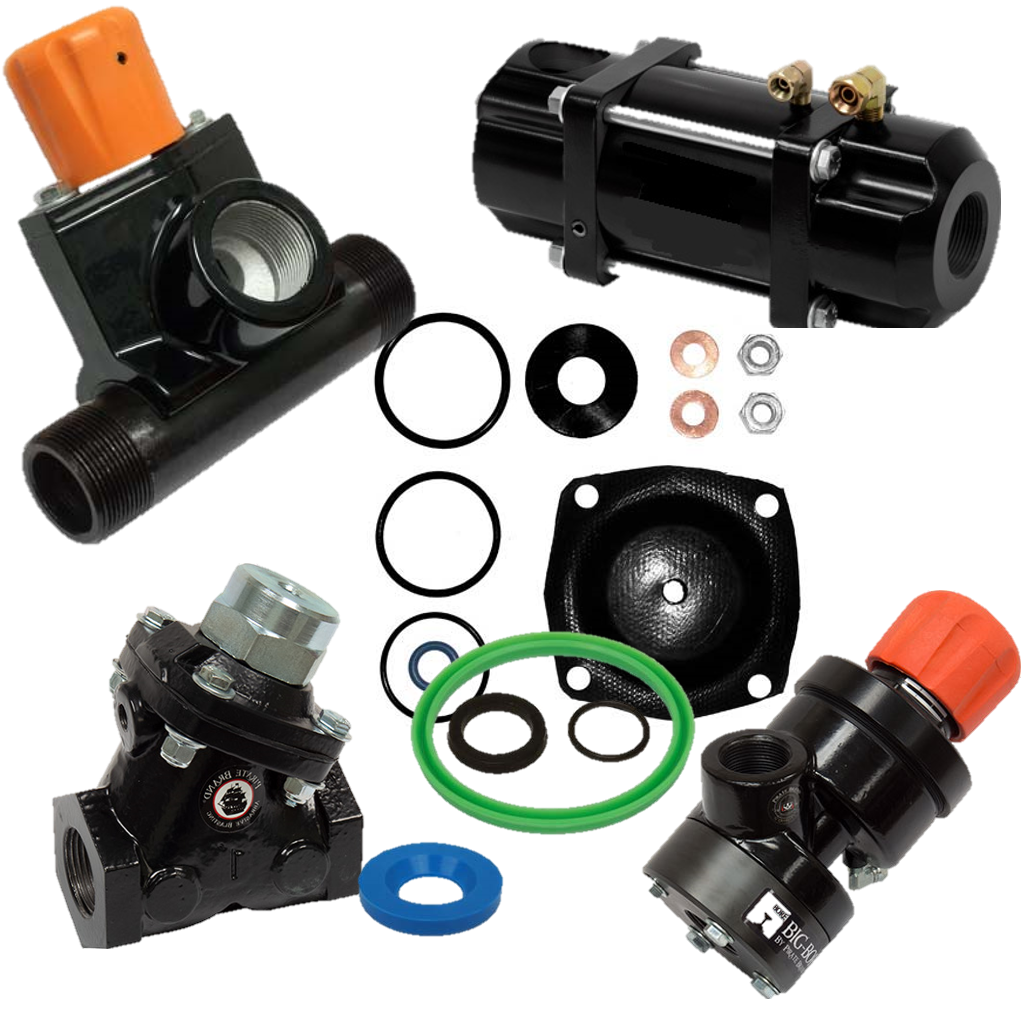 Schmidt MFG Valves and Parts
Schmidt MFG Valves and Parts